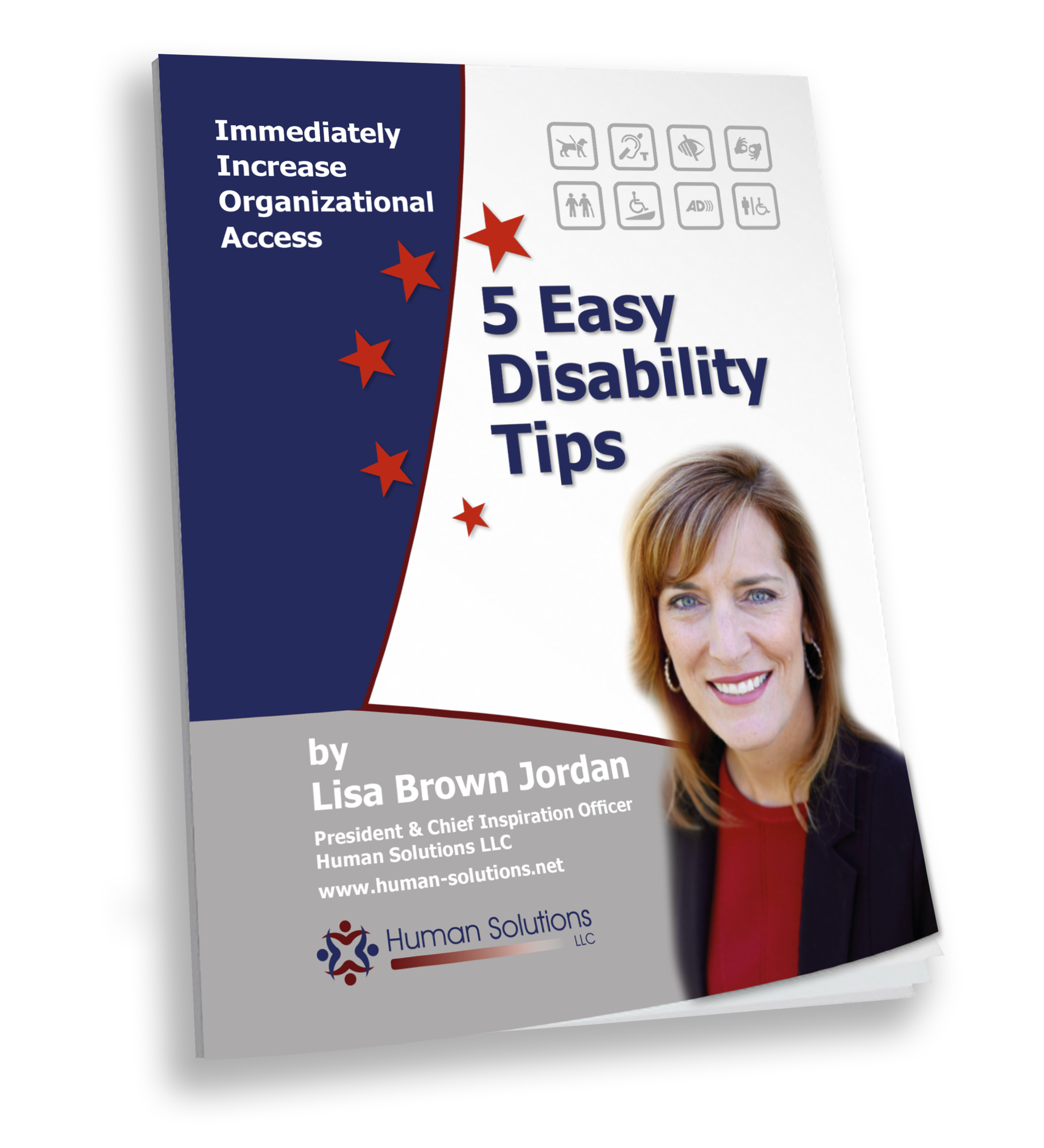In your role as a workforce development professional, you probably conduct orientations with your new customers on a regular basis. Great first impressions are anchored by a well-prepared meeting, which is all about communication—providing the required content in a clear, concise and respectful way.
The seven key strategies identified in this article will guide you in presenting a clear message to your customers, ensuring that your relationship with them begins on a solid foundation. Part One includes four of those strategies, detailed below.
- Remind everyone before starting that additional assistance is available. Ideally, pre-registration for orientation should already surface the kind of additional help your customers will need. This may include the use of assistive technology, alternate format materials, staff support, altering existing procedures, and in some cases, addressing physical accessibility issues. However, not all organizations require customers to pre-register. Since there are very few private moments in a group setting, don’t wait for customers to come to you to inquire if assistance is available. Be proactive. Before orientation begins, let customers know that you or another staff person is available if they need any additional assistance to participate. You can also post signage in the center indicating the same. Letting customers know you’re available to discuss their needs ahead of time will avoid them disclosing their disability in front of other customers. Asking customers to disclose in front of other people will not only impact your future working relationship, it’s also a violation of their confidentiality
- Provide a summary of customers served. Your customers would like to know if they’re qualified for your services. Be sure to explain in detail what’s meant by the term ‘disability.’ Give examples of not just visible disabilities, but hidden ones as well. This includes learning disabilities, cognitive impairments, psychiatric disabilities or medical conditions that are not readily apparent. Also identify and explain other target groups, such as Limited English Proficiency. A complete list can help your customers increase their awareness of what they’re eligible for. More importantly, a list avoids public disclosure. You don’t want to compel customers to have to ask if they are covered or eligible for your services.
- Discuss why disclosure is important. Disclosure about disability is ultimately voluntary. There are various reasons why a customer would feel that disclosure is not a good idea, including the fear that what they share may disqualify them for services. The best way to address this concern is to explain how disclosure of their situation or disability may help qualify them for additional services and that inquiries are only made for this purpose. Knowing a customer’s full history, or the parts that are relevant to the job placement process, will increase the likelihood of a positive placement. To encourage customer disclosure, emphasize that all information will be kept confidential, even after your working relationship has ended. It’s their legal right. In fact, any disability-related information is required to be kept in a separate file to ensure discrimination does not occur during the placement process.
- Provide an overview of partner services. A great program is one that’s comprehensive and seamless. Partners are a key component in providing services. While it’s not important for your customers to know what funding is paying for a particular service, it is important for them to understand exactly what your partners do. This should be provided in writing so it can be referred to following the orientation. However, including partners in the orientation itself is the best way to provide detailed information and address any questions. For example, in California, few know that the Department of Rehabilitation provides vocational rehabilitation services. Based on its name, most believe this is an agency providing substance dependence services. Never assume your customers already know an agency’s purpose.
Watch for our next edition in two weeks for the final three strategies that will help you design the productive, successful orientation meetings you strive for!

Leave a Reply